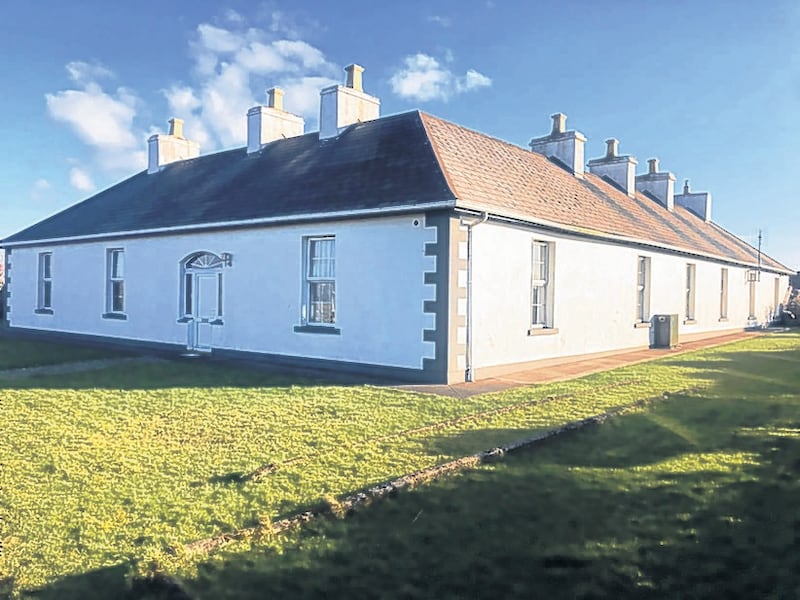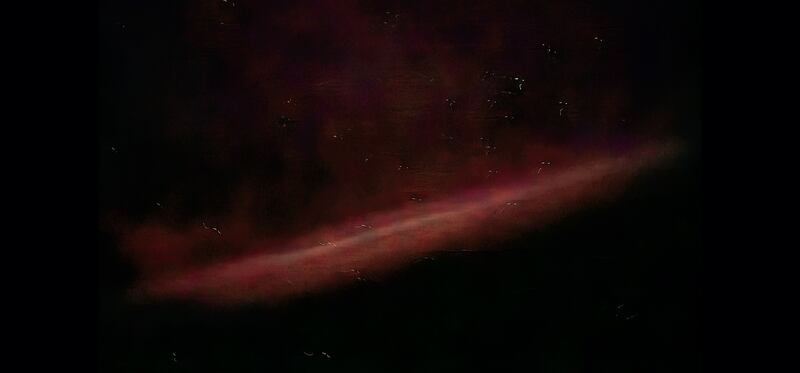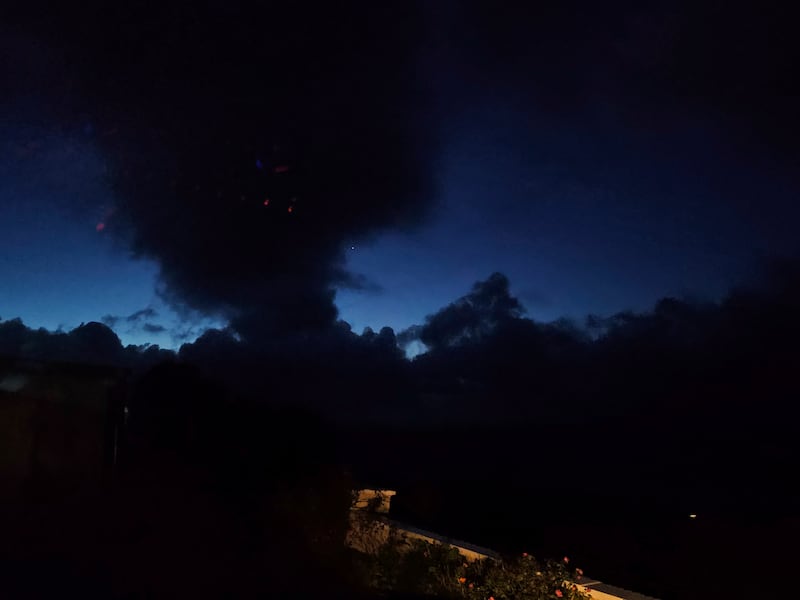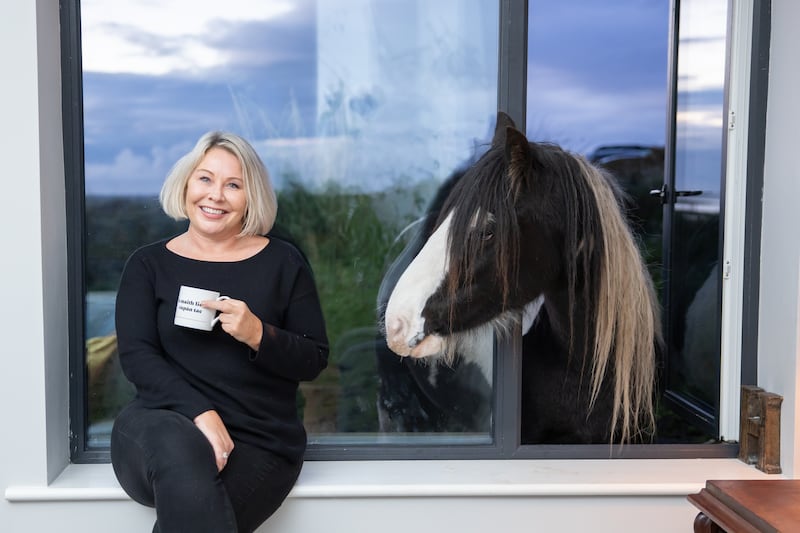As luck would have it, the purchase of my house coincided with the Government announcement of its Vacant Property Refurbishment Grant: the Croí Cónaithe Towns Fund. A welcome move since the initial and rather raw estimate to refurbish the house was in the region of €600,000 – a figure determined by its size, using the Society of Chartered Surveyors in Ireland online calculator. But this estimate took nothing of what was extant into account, or indeed my budget, which is far from that figure. So the first mission was to try to secure some funding, as the cost just to address the seven chimneys could be in the region of €70,000 alone. The grant has been upped since it was launched earlier this year, and is now a maximum of €84,000 (if you are fortunate enough to live on an island) or €70,000 and €50,000 for derelict and vacant properties respectively.
Restrictions mean a clawback is introduced – so the grant is forfeited if you try to sell your house within 10 years. For example, if I was successful in getting the grant and sold my home within five years, I would have to return 100 per cent of the amount granted.
Doolough Lodge is not a protected structure, though I hope I will do the house justice, and the aim is to bring it back to the way it was when it was first built about a century and a half ago. But it also needs contemporary upgrades that will make it warm, watertight and not cost a fortune to heat.
Large SEAI grants currently available do not apply here, as such energy upgrades would mean losing period details. Mumblings in pre-budget Government circles that historic house insulation grants would be addressed seem to have come to nothing. The way it currently stands, to avail of the larger SEAI grant, you have to achieve a B2 energy rating. Attempting to do that would result in the loss of all the wonderful coving, hooks in the kitchen ceiling and other details. So Churchfield Home Services in Crossmolina, one of the largest retrofit companies in the country, came to advise me on the best way to address this, on a room-by-room basis.
READ MORE
Applications for the vacant property grant are now submitted, and I’ve engaged a consultant recommended by the Irish Georgian Society to advise on best practice to preserve features.

With autumnal nights setting in earlier and earlier here, we’ve had some wonderful nocturnal displays. A big perk of this part of the world is that I now live in a gold-tier Dark Sky Park; the first international Dark Sky Park in the country, so am blessed with some of the darkest, most pristine skies in Europe. Extending to over 150 square kilometres, and nestled between the Atlantic coastline and the Nephin mountain range, there are nights here under a full moon when you can go for a walk, such is the illumination.
Of course, it’s the absence of a moon that makes for wonderful astral viewing, and recent skies – which happened to coincide with Mayo Dark Sky Festival last weekend – heralded some of the best views of the aurora borealis, or Northern Lights, we’ve had in almost 20 years.


There are lots of photographs online and in print of these dazzling gaseous spectacles around the country. Alas, many of these have been doctored with filters and subjected to long exposure. But here at our latitude, with so little light pollution, local amateur photographer Rachel McBride took these images at her family home in Glengad with just her phone – so no long exposure or filters were used. In other words, you could have seen these exact images with the naked eye if you stood beside her. Not only did she capture the aurora, she also managed to capture STEVE (Strong Thermal Emission Velocity Enhancement) – a very rare and unpredictable cousin of the aurora in our skies.

South of here, at the other end of Wild Nephin National Park, the community of Newport has developed an intelligent nocturnal lighting plan, and Mayo County Council converted public lighting fixtures on 60 kilometres of national and secondary routes to more environmentally friendly LEDs. This means that the 100 billion stars of the Milky Way – which it is estimated that 50 per cent of Ireland and 70 per cent of Europe have lost sight of – are now visible on clear nights.
To this end I have decided that any lighting installed around my home will be to lessen any impact from light pollution. And I’ve also decided, for the sheer joy of watching the stars, the bath needs go outside.
That’s Patricia in the window, by the way.
Doolough Diaries: I live in a little converted cow shed while I restore my new home
















